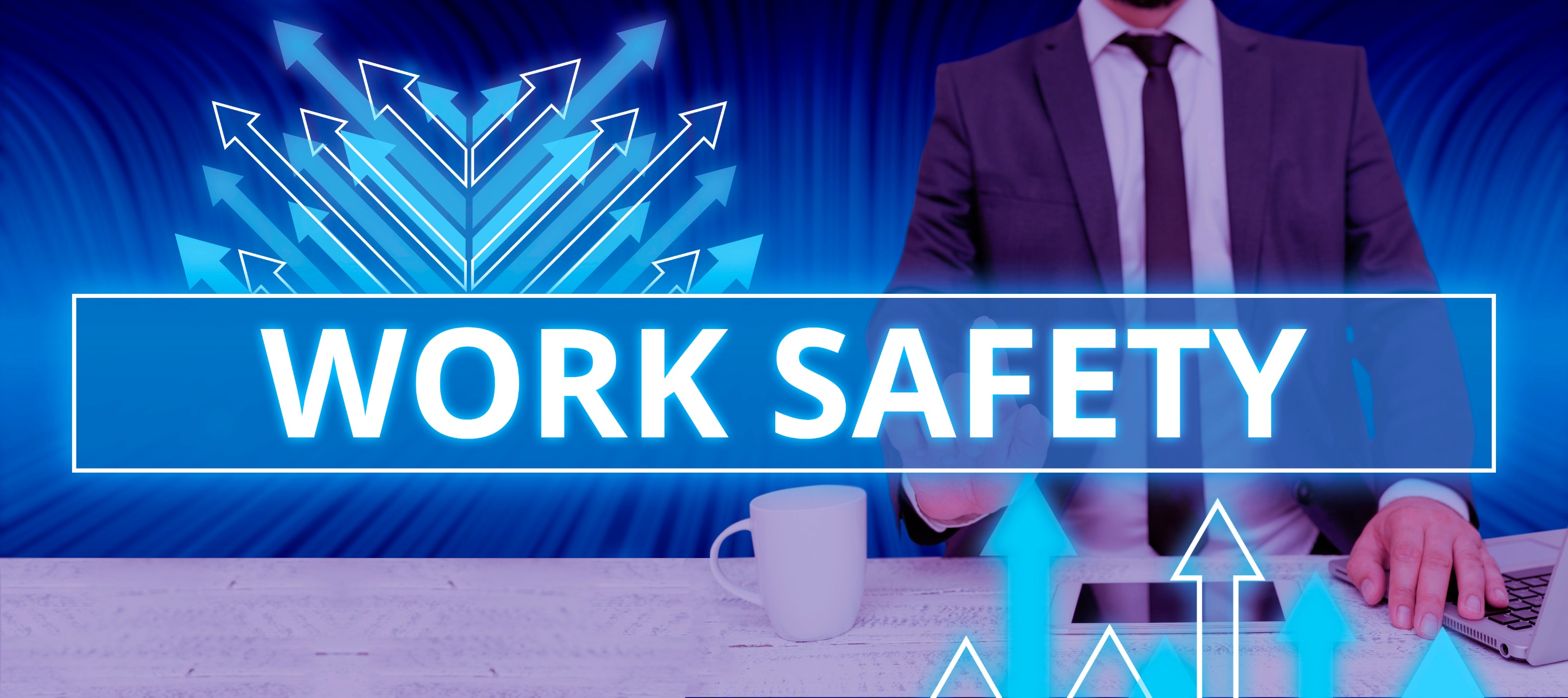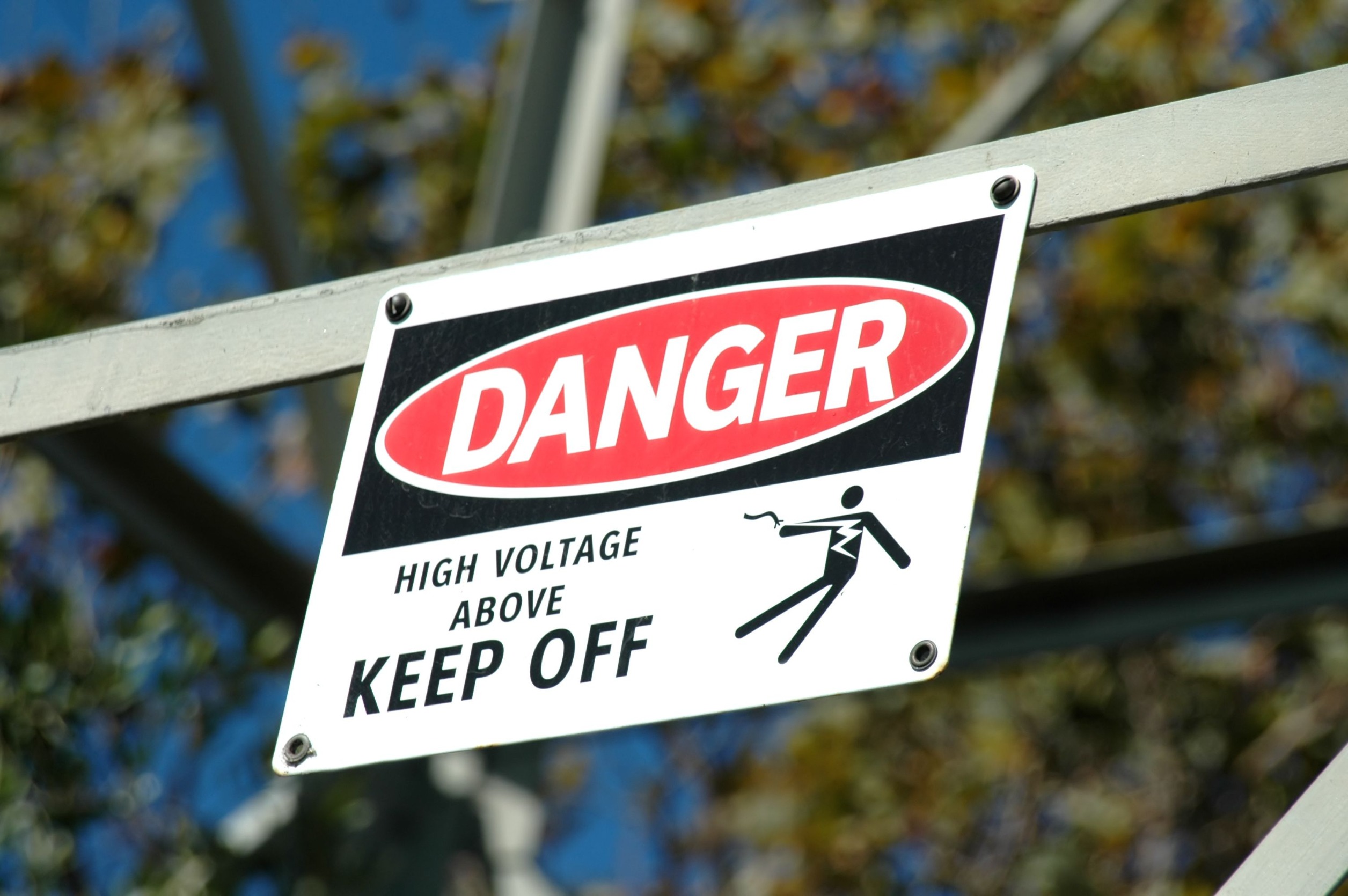
Safety Signs in Workplace
The safety of employees in any workplace is of great importance for employers and employees alike. No matter the industry, maintaining a safe work environment should always be a top priority.
One of the most crucial aspects of workplace safety is the use of safety signs. These signs are essential for guiding employees, warning them of potential hazards, and informing them of necessary precautions.
In this article, we will explore the importance of safety signs in the workplace, the legal requirements for their use, the benefits they provide, how to implement them effectively, how to maintain and update them, and how to train employees on their use and importance.
Understanding the Importance of Safety Signs
The importance of safety signs in the workplace cannot be overstated. They are crucial for preventing accidents, injuries, and possible fatalities -- think of how frustrating it would be if exit signs, fire safety signs, smoking signs, construction safety signs, and other accident prevention signs didn't exist.
Safety signs communicate essential information that employees need to know to perform their duties safely. They help employees to be aware of potentially dangerous situations, hazardous materials, and the necessary precautions required to avoid accidents.
Without OSHA safety signs, employees may not know when they are entering hazardous areas, leading to the potential for minor or moderate injury, illness, or death.

Legal Requirements for OSHA Signs
Employers have a legal duty to ensure the safety and well-being of their employees. Regulatory agencies like OSHA, in the United States, require that organizations implement safety measures and provide employees with the necessary information and protective equipment.
One of these requirements is to have appropriate safety signage in areas that pose potential risks to employees. Failure to comply with these regulations can lead to fines, lawsuits, and even the closure of a business.
Benefits of Proper Signage in the Workplace
Proper safety signage brings many benefits to the workplace. One of these is that it helps to protect employees from potential hazards, thereby reducing the risk of accidents, injuries, and fatalities. This, in turn, increases employee morale and productivity, as workers feel safe and valued. Safety signs also help to prevent damage to equipment, which can save a company time and money in repairs or replacements.

Types of Safety Signs and Their Meanings
There are several types of safety signs that are used in the workplace, including warning signs, caution signs, mandatory signs, and information signs. Each of these signs has a specific meaning.
Warning signs are used to highlight potential hazards, caution signs are used to indicate that employees need to proceed with caution, mandatory signs are used to indicate that certain actions are required, and information workplace signs provide general information and instructions.
It is essential to ensure that employees understand the meaning of each sign and how to respond appropriately.
Implementing Effective Safety Signage
Implementing effective safety signage requires careful planning and consideration. Employers need to identify potential hazards, assess the risks, and choose appropriate safety signs to mitigate each hazard.
The signs should be placed in areas where they are easily visible and understood by employees. It is crucial to ensure that employees understand the meaning of each sign and how to respond in case of an emergency.
Assessing Workplace Hazards
The first step in implementing effective safety signage is to assess workplace hazards. Employers need to identify potential hazards, such as hazardous chemicals, slippery floors, and moving machinery, among others. Once hazards are identified, employers should evaluate the potential risks associated with each hazard and determine the appropriate safety signs to mitigate each hazard.

Choosing the Right Safety Signs
Choosing the right safety signs is crucial for ensuring employee safety. Employers need to select signs that are appropriate to specific hazards and that are easily visible and understood by employees. It is also essential to ensure that the signs comply with legal requirements and that they are of high quality.
Proper Placement and Visibility
Proper placement of general safety signs is crucial for their effectiveness. Employers should place signs in areas where they are easily visible and understood by employees. Signs should be strategically placed to ensure that employees are aware of hazards before entering any potential danger zones.
Ensuring Signage Comprehension Among Employees
It is crucial to ensure that employees understand the meaning of each sign and how to respond in case of an emergency. Employers should train employees on the significance of each sign and the proper precautions required to avoid potential hazards. Regular training ensures that employees are reminded of the proper response and that these guidelines are always present in their minds.
Maintaining and Updating Safety Signs
Maintenance and updating of safety signs is crucial for their effectiveness. Signs may become damaged or outdated, making them ineffective or confusing. Employers should regularly inspect their safety signs and replace any damaged or outdated ones.
Additionally, any new hazards should trigger a review for signage needs. Employers should also update safety signs when regulations change or when new equipment is installed or replaced.
Regular Inspections and Maintenance
Regular inspections and maintenance are essential for ensuring that safety signs are effective in protecting employees from potential hazards. Employers should inspect their safety signs regularly and replace any that are damaged or faded. It is also essential to ensure that the signs comply with current regulations.
Updating Signage as Regulations Change
Regulations governing workplace safety signage change regularly. Employers should stay updated with any changes to these regulations and update their safety signs accordingly. This will help to ensure that signs are always effective in protecting employees.
Replacing Damaged or Outdated Signs
Employers should replace any damaged or outdated safety signs immediately. Damaged or faded signs might not communicate the message effectively and may lead to accidents, injuries, or fatalities. Employers need to ensure that their safety signs are always effective.

Training Employees on Safety Signage
Employees need to understand the meaning and significance of each safety sign in the workplace. Employers need to train their employees on safety signage to ensure that they know how to respond in an emergency. Employers should incorporate safety signage into employee training programs and regularly remind workers of their significance.
Incorporating Safety Signage into Employee Training
Employers should incorporate safety signage into their employee training programs. New employees should receive training on the importance of safety signs during their orientation. Additionally, employees should receive regular training on safety signs to ensure that they are up-to-date with any changes or new safety signage added.
Reinforcing the Importance of Signage Compliance
Employers should remind employees regularly about the significance of safety signage and the consequences of non-compliance. This will help to ensure that employees adhere to safety guidelines and are mindful of their responsibilities in maintaining a safe workplace.
Addressing Language Barriers and Accessibility
Employers should ensure that workplace safety signs are accessible to all employees, including those with language barriers. Signs should have appropriate pictorials and symbols that can be easily understood. Additionally, employers should provide translations of safety or danger signs to accommodate employees who speak languages other than English.
Are You Searching for Quality ADA-Compliant Signs?
The Americans with Disabilities Act (ADA) outlines various requirements and demands that businesses must follow – including the use of proper business signage throughout all businesses and public spaces. It allows for both inclusivity and accessibility among the disabled population – they need our help!
If your business is struggling to keep up with the requirements or are new to the idea of ADA signage, then don’t panic – ADA Central can help you comply with ADA requirements. Whether you need a generic sign or a custom sign, we’ll ensure your business is well-equipped and ADA-compliant.

